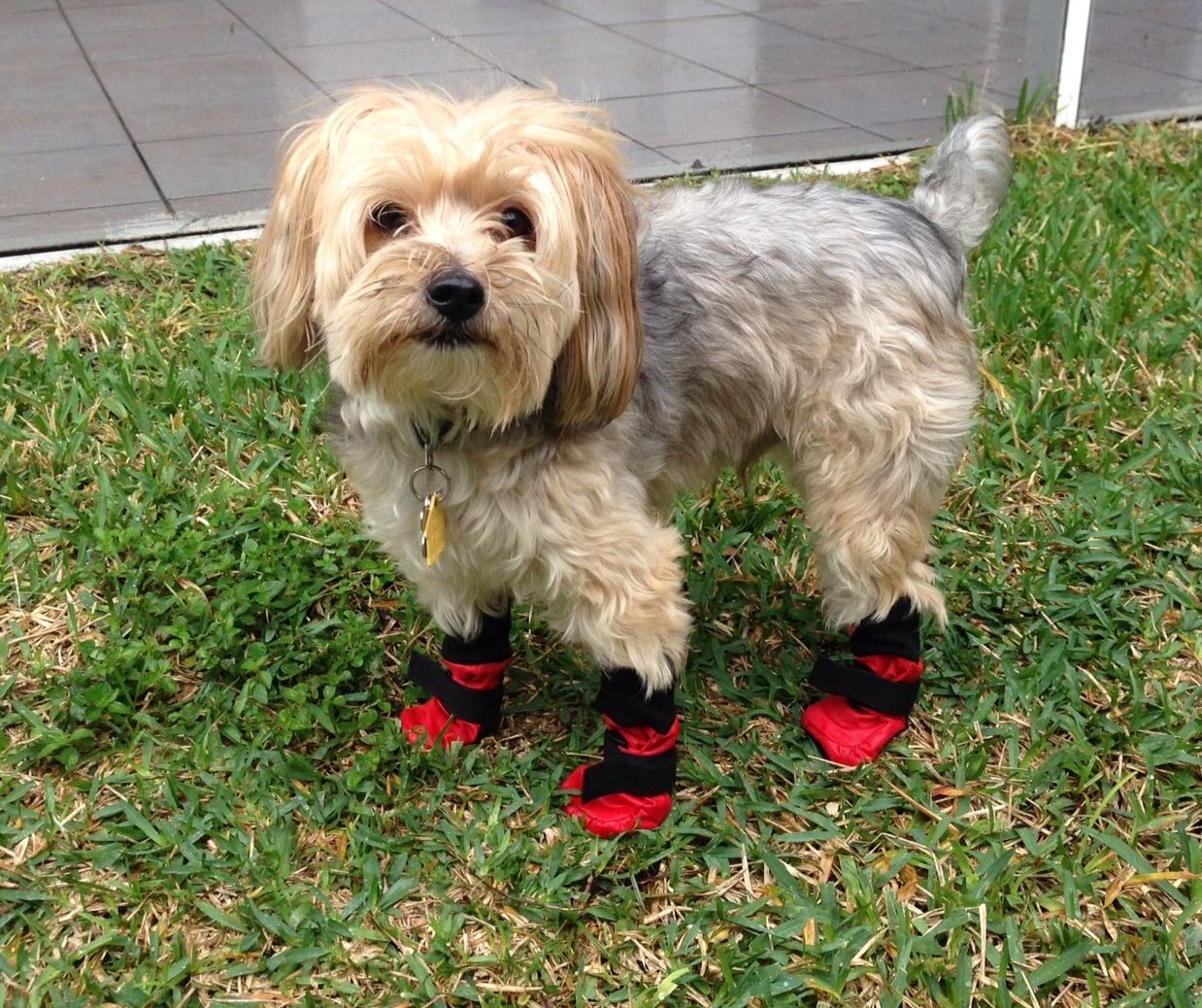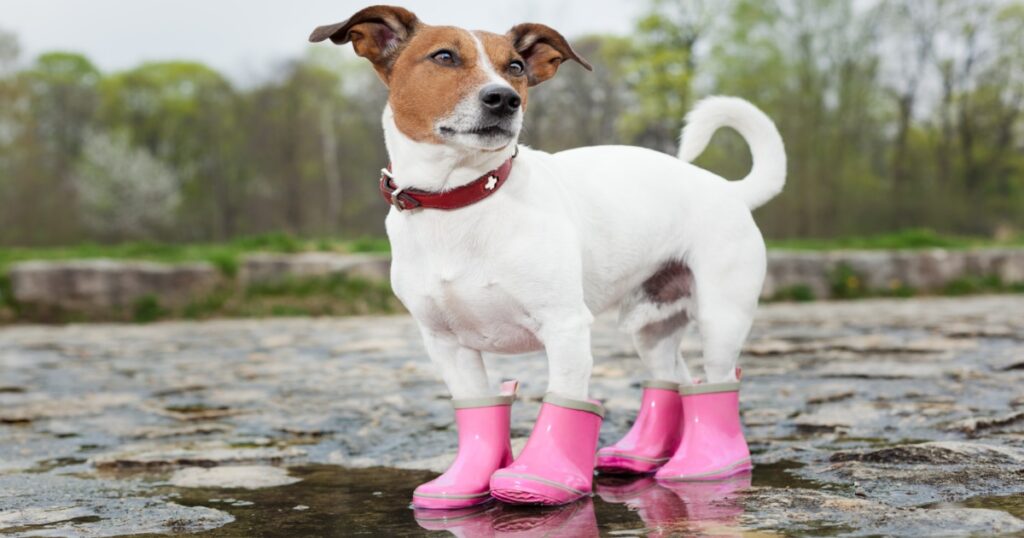How to Choose Shoes for Dogs?

✅ 1. Know When Dog Shoes Are Necessary
Dog shoes are useful if:
- Hot pavement could burn their paws in summer
- Ice, snow, or road salt might harm them in winter
- You hike or walk on rocky, rough, or sharp surfaces
- Your dog has injuries or sensitive paw pads
📏 2. Measure Your Dog’s Paws Properly
- Place your dog’s paw on paper, press down to mimic walking
- Mark the width and length
- Use these measurements to choose the correct size on the brand’s sizing chart
⚠️ Too loose = they fall off. Too tight = discomfort or injury.

👟 3. Look for These Key Features
| Feature | Why It Matters |
| Non-slip sole | For grip on snow, wet, or rocky surfaces |
| Water resistance | Keeps paws dry in rain or snow |
| Breathability | Prevents overheating and sweating (especially in summer) |
| Adjustable straps | Ensures a snug but comfy fit |
| Durable material | Lasts longer and withstands rough surfaces |
| Reflective details | Improves visibility during night walks |
🐶 4. Choose Based on Activity and Season
| Condition | Recommended Shoe Type |
| Winter | Insulated, waterproof boots |
| Summer | Breathable mesh shoes with grip |
| Hiking | Rugged, thick-soled shoes |
| Injured paws | Soft, protective booties (often vet-approved) |
🧪 5. Test at Home First
- Let your dog try them indoors first
- Expect silly walking at first—give treats and positive reinforcement
- Make sure they can walk, run, and stop comfortably
💡 6. Check for Comfort
- No rubbing, slipping, or limping
- Your dog should adjust within a few walks
- Remove after long use to allow paws to breathe

🛍️ 7. Popular Brands to Consider
- Ruffwear Grip Trex (rugged, great for hiking)
- QUMY Dog Boots (affordable and widely used)
- Muttluks (great for winter and snow)
- PawZ Rubber Boots (disposable & waterproof)
❗ Avoid These Mistakes:
- Buying shoes without measuring
- Leaving shoes on for too long
- Choosing style over comfort
- Ignoring signs of discomfort



